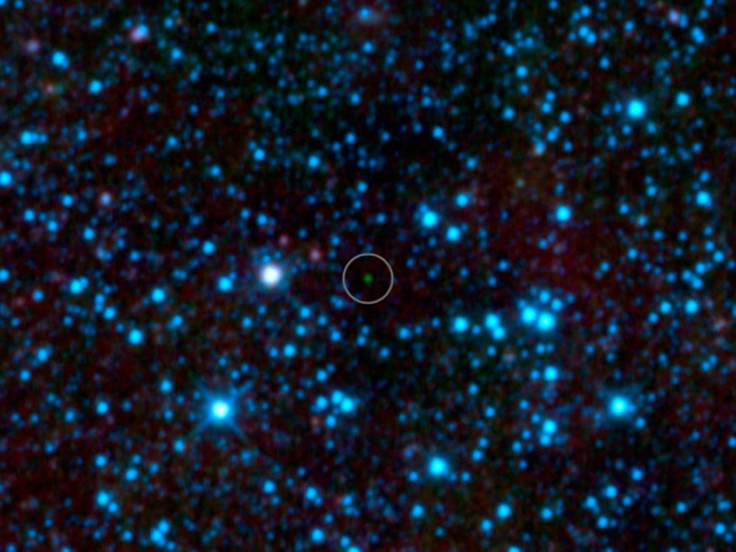NASA WISEs up and Discovers Six Cool Dwarfs

After more than a decade of searching, NASA's Wide-field Infrared Survey Explorer (WISE) has discovered six star-like bodies with temperatures as cool as the human body.
The star-like bodies have been called Y dwarfs and because of their small size, they are nearly impossible to see. That's why it took 10 years for NASA astronomers to finally spot the star. Finally, thanks to WISE's infrared vision, they spotted the faint glow of the six Y dwarfs close to our sun, within a distance of about 40 light-years.
WISE scanned the entire sky for these and other objects, and was able to spot their feeble light with its highly sensitive infrared vision. They are 5,000 times brighter at the longer infrared wavelengths WISE observed from space than those observable from the ground, said Jon Morse, Astrophysics Division director at NASA Headquarters in Washington.
The Y dwarfs are considered brown dwarfs, or failed stars. Their mass is too low to fuse atoms at their cores and don't burn enough fires to keep stars shining like our sun does. These objects instead cool over time.
Astronomers study brown dwarfs to better understand how stars form as well as atmospheres beyond our solar system. Thus far, the WISE mission has discovered 100 brown drafts. Atmospheres of brown dwarfs are similar to those of gas giant planets like Jupiter but are easier to understanding since they are not blinded by a bright star.
The most recent six to be found are classified as cool Y dwarfs because they are the record holders for the coldest brown dwarfs with an estimated atmospheric temperature cooler than room temperature, or less than 80 degrees.
The brown dwarfs we were turning up before this discovery were more like the temperature of your oven. With the discovery of Y dwarfs, we've moved out of the kitchen and into the cooler parts of the house, said Davy Kirkpatrick, a WISE science team member.
Kirkpatrick, Michael Cushing, a WISE team member and a group of other astronomers have recently put a paper together on the recent findings in Astrophysical Journal.
The cool Y dwarfs are also close to the Sun. They are 40 light years away, making them one of the closets to our solar system. The closest, Proxima Centauri, is about four light years away.
Finding brown dwarfs near our sun is like discovering there's a hidden house on your block that you didn't know about, Cushing said.
Follow Gabriel Perna on Twitter at @GabrielSPerna
© Copyright IBTimes 2024. All rights reserved.











